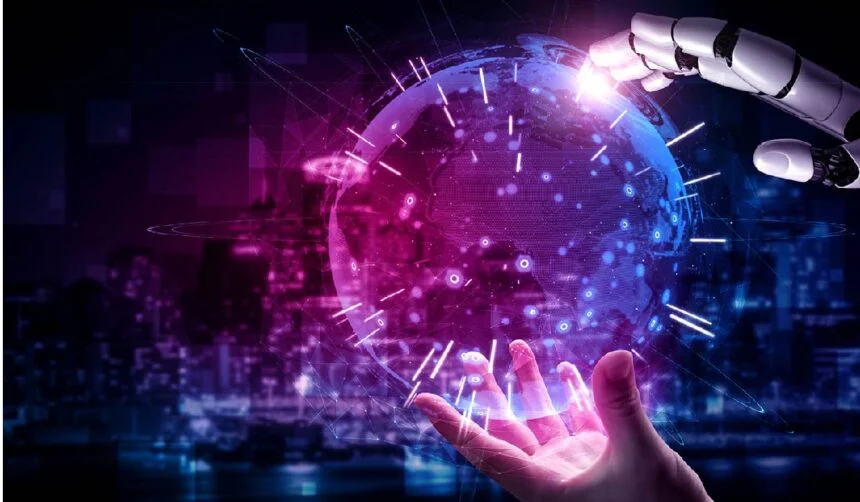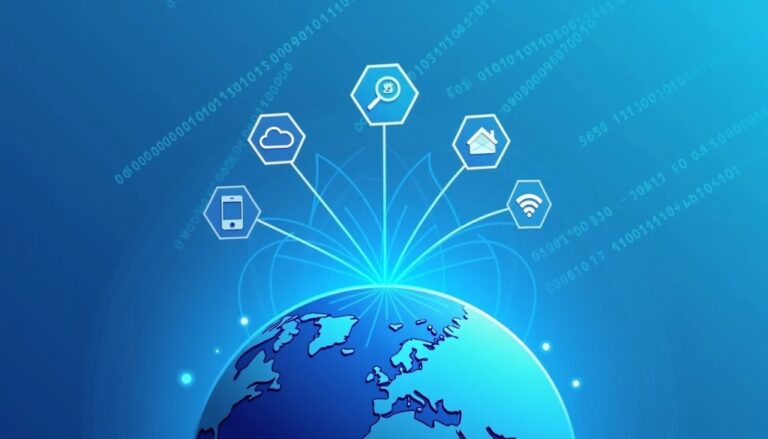Frehf: The Future-Ready Enhanced Human Framework
When we talk about the future of human and machine collaboration, one concept that truly stands out is Frehf, short for Future-Ready Enhanced Human Framework. The name itself may sound futuristic, but the idea is simple—it’s about creating a world where technology doesn’t just serve us but actually understands us. Frehf aims to empower intuitive, empathetic interactions between humans and machines so our digital experiences feel more natural, seamless, and human-like.
In this article, we’ll explore what Frehf means, how it works, why it matters, and how it might shape the way we live, work, and connect in the years to come.
What Exactly Is Frehf?
At its core, Frehf is a framework designed to bridge the gap between human intuition and machine intelligence. Think about all the times you’ve interacted with technology—scrolling through your phone, asking a voice assistant to play music, or navigating through apps. While these tools are impressive, they often lack one key element: empathy.
Frehf steps into that space by focusing on enhancing human experiences with a layer of emotional and intuitive understanding. It’s not just about responding to commands; it’s about creating interactions that feel alive, connected, and human.
For example, imagine a digital assistant that doesn’t just recognize your words but also senses your mood through your tone of voice, offering responses that are sensitive and personalized. That’s the type of experience Frehf is designed to bring to life.
The Core Pillars of Frehf
To understand how Frehf functions, it’s helpful to break it down into its main components. Each pillar plays a role in enhancing the way humans and machines interact:
1. Intuitive Interaction
Technology should be easy to use without requiring lengthy tutorials. Frehf emphasizes intuitive design, where gestures, voice, and even eye movements can become part of the communication process. The goal is to make interaction so natural that you barely notice the technology behind it.
2. Empathetic Response
Unlike traditional systems that respond in rigid, predefined ways, Frehf encourages empathetic interaction. This means that machines can adapt their responses to context, emotion, and personal preference, making conversations with them feel more human.
3. Adaptive Learning
Frehf is future-ready because it’s not static. It adapts as you use it. The more you interact with a Frehf-powered system, the better it understands your habits, choices, and even emotional patterns. This adaptive learning creates highly personalized experiences.
4. Immersive Experience
One of the most exciting aspects of Frehf is how it integrates into immersive environments. Whether in augmented reality, virtual reality, or mixed reality, Frehf makes these experiences more human-centered, ensuring that technology feels less like a tool and more like a companion.
Why Frehf Matters Today
In a world where digital experiences are everywhere—work meetings on Zoom, social connections through apps, shopping online—there’s a growing need to humanize our interactions with machines. Many people feel disconnected or overwhelmed by technology. Frehf addresses that by creating systems that feel more natural and engaging.
For businesses, Frehf opens up opportunities to design customer interactions that are not only efficient but also emotionally resonant. Imagine customer service bots that don’t just answer questions but also sense frustration and respond with calming solutions. For education, it could mean AI tutors that adjust their teaching style based on a student’s mood and progress.
On a personal level, Frehf could transform the way we connect with digital tools. Instead of feeling like we’re constantly adapting to machines, machines will adapt to us.
Real-World Applications of Frehf
The beauty of Frehf lies in its versatility. Let’s take a look at some of the potential applications across different industries:
Healthcare
In healthcare, empathetic interaction is crucial. Frehf can help create virtual assistants or telemedicine platforms that recognize patient stress or anxiety, providing comfort alongside medical information. It could even be used in therapy apps to foster better emotional support.
Education
Imagine a virtual classroom where the AI tutor senses when a student is confused and adjusts the lesson pace accordingly. Frehf makes this possible by prioritizing emotional and intuitive learning cues.
Business and Customer Service
Companies can benefit from Frehf by designing customer support systems that truly listen and respond with empathy. Instead of frustrating robotic replies, customers would get meaningful, human-like interactions that build trust and loyalty.
Entertainment and Gaming
In the world of VR and gaming, Frehf can elevate immersive experiences by making characters more responsive and emotionally intelligent. Games could adapt not just to player choices but also to their mood, creating deeper engagement.
Personal Digital Assistants
From smart homes to smartphones, Frehf could redefine how digital assistants work. They wouldn’t just remind you about tasks but also recognize your energy levels and suggest breaks, exercise, or calming activities.
The Human Side of Frehf
One of the most remarkable things about Frehf is how it reminds us that technology should always serve humanity, not the other way around. Too often, we’re forced to adjust ourselves to fit the rigid designs of machines—learning commands, adapting to interfaces, or dealing with cold, lifeless systems.
Frehf flips that dynamic by focusing on empathy and intuition. This shift means technology can align more closely with human values, emotions, and needs. In a sense, Frehf brings warmth to the digital world, ensuring that even as we move into an era of advanced machines, we don’t lose touch with our humanity.
Challenges Ahead for Frehf
Of course, building a framework as ambitious as Frehf is not without its challenges. A few key hurdles include:
- Ethical Boundaries: As machines become more empathetic, questions arise about privacy and emotional manipulation. Developers must ensure that Frehf is designed ethically and transparently.
- Technical Complexity: Creating truly intuitive, adaptive systems requires advanced AI, machine learning, and emotional recognition technologies. It’s a technical challenge that will take time to perfect.
- User Trust: People may be hesitant to fully trust empathetic machines at first. Building trust will be essential for widespread adoption.
Despite these challenges, the potential benefits far outweigh the risks, making Frehf an exciting step toward a more human-centered digital future.
Looking Toward the Future
As the digital world continues to evolve, frameworks like Frehf will become increasingly important. We are moving into a world where human–machine collaboration is not optional but essential. Whether in work, education, healthcare, or entertainment, the ability of machines to understand and respond to human emotion and intuition will define the quality of our digital lives.
Frehf is not just about smarter technology—it’s about kinder technology. It’s about creating systems that don’t just work with us but for us, helping us live richer, more connected, and more balanced lives.
Final Thoughts
The concept of Frehf—Future-Ready Enhanced Human Framework—reminds us that the true goal of technology is not just efficiency or productivity, but empathy, connection, and humanity. By focusing on intuitive interaction, empathetic response, adaptive learning, and immersive experiences, Frehf paves the way for a digital future where machines are not just tools but trusted companions.
As we look ahead, one thing is clear: the future of technology is not cold and mechanical. With Frehf, it is warm, human-centered, and deeply connected to who we are.





